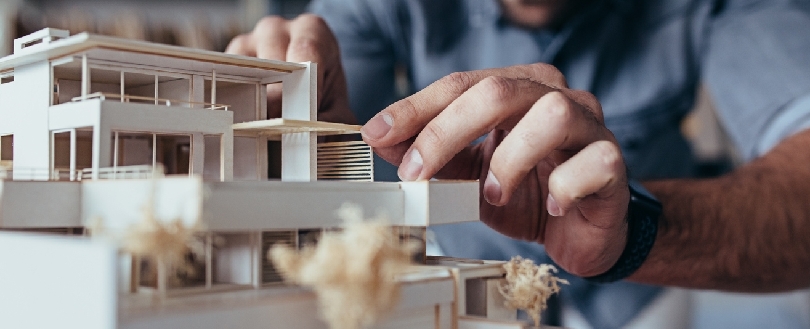
RIBA introduces new educational framework that focuses on fire safety
Like it? Share it!
10 September 2020
The Royal Institute of British Architects (RIBA) has announced what it says may be the ‘biggest shake-up of the profession since the 1950s’, partly in response to government pressure after the Grenfell tragedy and growing concern about the climate.
‘The Way Ahead outlines RIBA’s new Education and Professional Development Framework. The ‘framework signifies a new direction for architectural education and continuing professional development, with a greater emphasis on health and life safety, the climate emergency and professional ethics.
For the first time, the RIBA has developed a single standard covering pre and post-registration education and professional development. Key components of the new framework include education themes and values, mandatory competencies, career role levels, core CPD curriculum, specialisms and accreditation.
The Education and Professional Development Framework will be phased in over two years, beginning in 2021. The Way Ahead, which outlines the changes, gives advance notice of these developments to schools of architecture, CPD providers, practices and members so they can implement and respond.’
Adrian Dobson, RIBA’s executive director of professional services, said: “After 40 years of deregulation in UK society, there was an appetite to rebalance professional standards against commercial imperatives”.
RIBA president Alan Jones said the change was due, adding: “The education of future chartered architects, and the professional development of those who have already achieved chartered status, need a sharpened focus on the core knowledge, skills and experience required to respond to the immediate and mid-term challenges facing our world, society and industry.”
The first mandatory competence – health and life safety, including fire safety – will be introduced next year with architects expected to pass a test demonstrating their competence.
It is key that across society we are embedding fire safety knowledge at all levels to ensure that we are making society better, safer and more competent – especially in the realm of fire safety. Beyond the breadth of these changes, another great aspect of the new Education and Professional Development Framework is the idea of recertifying to ensure that professionals are kept up to date on the latest changes and can become familiar with best practises
Related training
Related news
Related resources
-
Euralarm-FAQs-re-Environmental-Product-Declarations-EPDs.pdf 1
27 November 2025
-
Fire Risk Assessors Standard Scope of Services
07 August 2025
